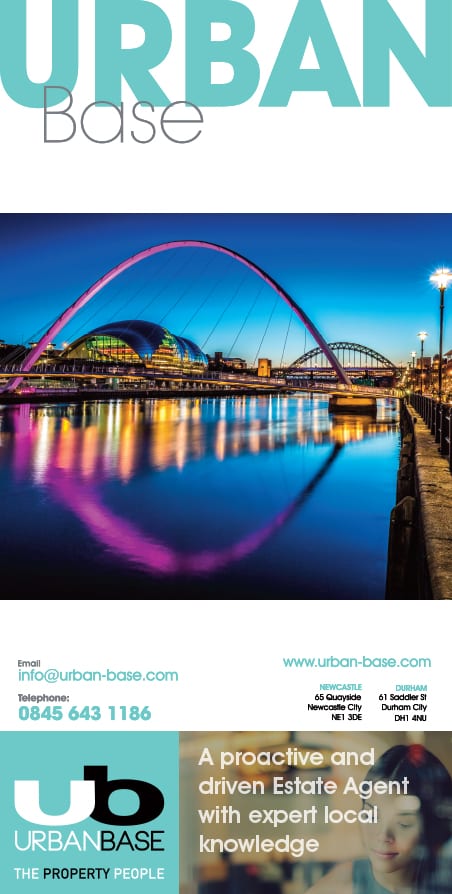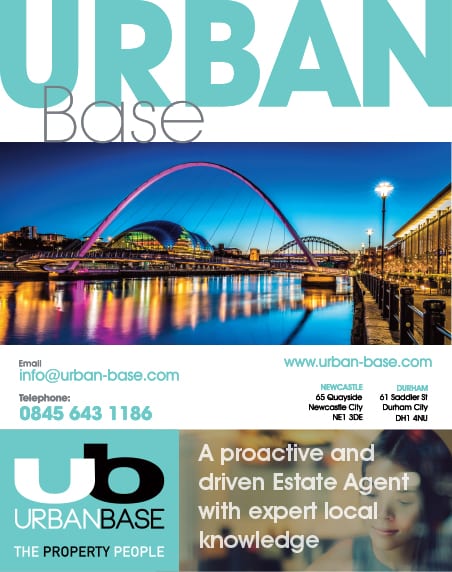In this consultation-heavy landscape we find ourselves in, the role of the consultant who deals with engagement and communications is under close scrutiny, but what is community consultation, and what does an engagement consultant actually do?
A quick glance at the Government’s website and we see there are (at the time of writing, anyway) 57 open consultations, and a further 576 which have closed in the last 12 months. Visitors to the same site are invited to find out how they can engage with government directly, and take part locally, nationally and internationally. Users are also given a range of examples about how they can do this, with suggestions ranging from responding to a consultation about changing government policy, starting a petition, following a blog, as well as more direct-action approaches including deciding where homes, shops and businesses should be built, protect a local building, or set up a town or parish council.
At some point, someone, somewhere, will be asked what they think about something that’s being reviewed, proposed, earmarked for change, or worse, cessation.
We as consultors are responsible for the success of the communications channels we adopt, the points of contact we create between client and community, and for the maintenance of those lines of dialogue. I was asked this week about the difference between engagement or consulting, and marketing. “Surely it’s all just marketing?” was one comment. In some respects, the commentator was right.
Consulting is about creating an emotional connection between a product or service and the consumer to achieve their support or endorsement. Embedding that product or service so firmly within their consciousness that they cannot comprehend a time when they wouldn’t be enjoying it or benefiting from it.
Community consultation is more than this though it’s about engaging with the customer the community and the potential customer to build a complete journey by building awareness and understanding of the proposal at hand, which leads to them opening their minds to an alternative viewpoint of ‘I don’t want this development’, steering them to make a reasoned critique if, after dialogue and discussion, they do not feel able to wholly support the proposal, or ideally become an advocate of what is proposed, and helping the project team by using their position as an informer and/or influencer, to bring others on board.
It’s about listening; understanding what people are concerned about, what their priorties are, how they want to see a development proposal or services, and where you can meet in the middle. It’s not always possible to give the community exactly what they want land left untouched and undeveloped, a fewer number of houses, more green space, additional services but it is only by communicating, creating channels through which multi-directional dialogue is possible, maintaining discussions, and managing the points of contact, that we and our clients – are able to engage with those we need to, and respond to their concerns.
How does community consultation fit
into the property market?
We’re often asked what we do with the data we acquire during consultation and engagement activity. This could range from personal data to feedback about development proposals, responses to customer surveys on behalf of clients providing construction, infrastructure and property-related services or products. Our response is always the same: we never disclose data but we do use what we need to achieve the best possible outcome for the community, the environment and the client.
Community engagement acts as a wrap-around for raising awareness, driving the client’s brand, and steering communities to support proposals where possible. Community consultation and engagement is the glue which allows us to keep all of the jigsaw puzzle pieces together to create the vision while taking stakeholders on the journey with the project.
Results Communications delivers bespoke and strategic marketing, stakeholder engagement and bid writing solutions to public and private sector clients regionally and nationally. If you want to discuss how we could help with your stakeholder needs, or just want to find out a bit more about what we do we're reachable on 01434 603205 and via hello@resultscommunications.co.uk



